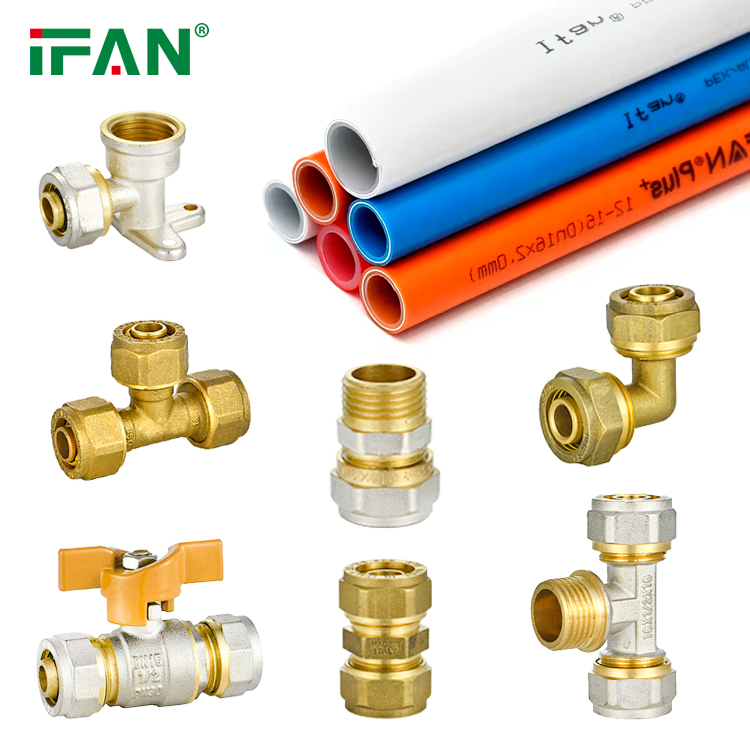ISO 4437 Gas Pipe Joint Fittings
Category : Click Download
Whatsapp : +86 19884503412
Wechat : 19884503412
Description
Gas pipe joint fittings are essential components used in gas distribution systems to connect various sections of piping, ensuring a secure and leak-proof transfer of gases such as natural gas, propane, or other industrial gases. These fittings play a crucial role in the safety and efficiency of gas systems, as they form the joints and connections necessary to route gas through pipelines, appliances, or industrial equipment.
Types
There are several types of gas pipe joint fittings, each designed to fulfill a specific function in gas systems:
- Elbow Fittings
- Function: Used to change the direction of gas flow in pipelines.
- Common Angles: 45°, 90° elbows are the most common.
- Materials: Available in brass, steel, or other corrosion-resistant metals.
- Applications: Typically used in both residential and industrial gas distribution systems.
- Tee Fittings
- Function: Allows for branching off a main gas line, creating a Y-shape with three pipe openings.
- Types: Equal tees (all openings are the same size) and reducing tees (where one opening is larger than the others).
- Applications: Used in gas distribution systems that require a branch or split in the pipe layout.
- Couplings
- Function: Used to connect two sections of pipe of the same size.
- Applications: Commonly used in both residential and industrial gas systems to extend or repair gas pipelines.
- Reducers
- Function: Connects pipes of different sizes, allowing for smooth transitions between pipes with varying diameters.
- Types: Reducing coupling, reducing elbow.
- Applications: Used where the system requires a change in pipe size, such as in transitions between high and low-pressure sections.
- Union Fittings
- Function: Provides a connection between two pipes that can be easily disassembled without disturbing the rest of the system.
- Applications: Ideal for applications where pipe sections may need to be frequently replaced or serviced.
- Adapter Fittings
- Function: Used to connect two pipes with different thread types or material types (e.g., brass to steel).
- Applications: Commonly used when connecting pipes of different materials or with incompatible thread designs.
- Caps and Plugs
- Function: Used to seal the open end of a gas pipe to prevent leakage or contamination when pipes are not yet in use.
- Applications: Temporary sealing during installation, maintenance, or pipe extension.
Materials
The materials used for gas pipe joint fittings are chosen based on the type of gas being transported, the pressure of the system, environmental factors (e.g., outdoor exposure), and the required durability.
- Brass:
- Pros: Excellent corrosion resistance, durability, and ease of machining.
- Applications: Commonly used in residential gas systems, especially for smaller fittings.
- Usage: For low-pressure residential and commercial gas systems.
- Steel (Carbon Steel and Stainless Steel):
- Pros: Strong, durable, and suitable for high-pressure applications.
- Applications: Used in both residential and industrial systems where high strength is required. Stainless steel is preferred for outdoor or corrosive environments due to its corrosion resistance.
- Usage: High-pressure pipelines, industrial gas distribution, and high-temperature environments.
- Copper:
- Pros: Highly resistant to corrosion and relatively easy to install.
- Applications: Frequently used in smaller residential gas systems.
- Usage: For low-pressure residential gas lines and in plumbing applications

Benefits
- Leak-Free Connections: Properly chosen and installed gas pipe fittings create secure joints that prevent gas leaks, reducing the risk of explosions, fire, or health hazards.
- Safety: Fittings ensure that the gas is safely routed to the necessary appliances or machinery, without leaks or pressure drops.
- Efficiency: Properly installed fittings help maintain consistent gas flow, reducing energy loss and improving system performance.
- Flexibility: Different types of fittings allow for a wide range of pipe configurations, enabling systems to be easily modified, extended, or repaired.
- Cost-Effectiveness: Gas pipe joint fittings, especially those made from materials like brass or plastic, are relatively affordable, reducing the overall cost of the gas distribution system.
Conclusion
Gas pipe joint fittings are integral components in gas distribution systems, ensuring secure, leak-proof connections that are vital for safety and efficiency. Whether you’re designing a residential system or a large industrial gas network, choosing the right fittings—based on the type of gas, pressure requirements, material compatibility, and regulatory standards—is crucial. With a wide range of fitting types available, from elbows and tees to unions and adapters, gas pipe joint fittings offer flexibility, durability, and long-term performance for reliable gas delivery systems.

相关产品
- PVC Pipe
IFAN 703 PPH Pipe Fitting
- PVC Pipe & Fittings
IFAN CPVC SCH80 Water Pipe
- PVC Pipe
DIN 16836 Compression Fittings Brass
- PVC Pipe & Fittings
CPVC Tube
HAVE ANY QUERIES? SEND TO CONTACTOANTSMACHINE.COM
ONTACT US













